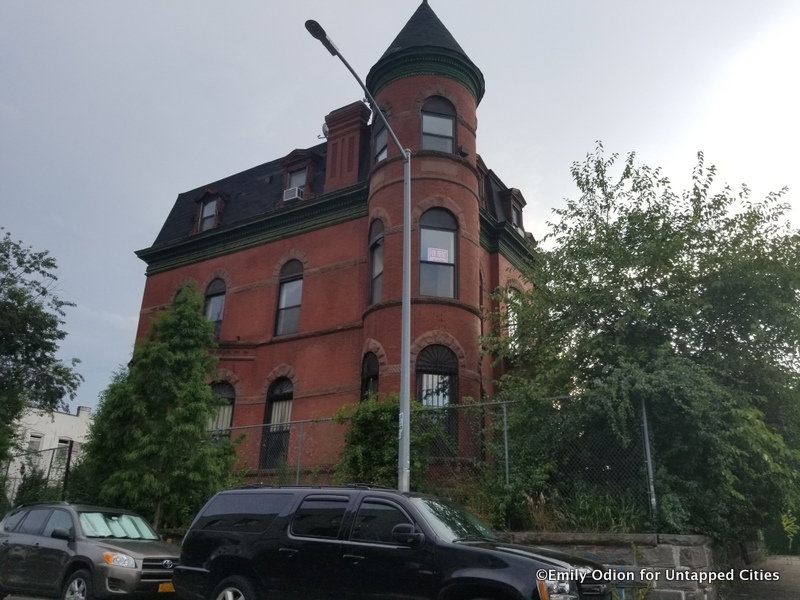6. The Lipsius Cook Mansion once belonged to a man who claimed to have been the first to reach the North Pole

As Bushwick’s brewery industry boomed, the influx of wealth to the area gave rise to several large and ornate mansions mainly located along Bushwick Avenue. One of these was the Lipsius Cook Mansion, built in 1899 for Catherina Lipsius, an owner of Claus Lipsius Brewing Company. Claus Lipsuis’ claim to fame was for its creation of the recipe for Brooklyn Lager. The mansion was designed by architect Theobald Engelhardt in the Romanesque Revival style, with red brick walls complementing the green trimmings and roof spire.
In 1902, the building was sold to Dr. Frederick Cook, a Columbia Medical School graduate who claimed to have been the first American to summit Mount McKinley in Alaska and reach the North Pole. Cook’s claim of having reached the North Pole was refuted in April 1908 by Robert Peary, who is credited as having been the first to reach the site in 1909. Even so, Cook went on to make millions of dollars selling photographs, sending newspaper accounts of his adventures, and lecturing across the country — though he would later be convicted of mail fraud in 1923, leading to a prison sentence of six years. In 1920, the Cook Mansion was bought by an Italian family, who later sold it in 1952 to a Catholic religious order known as the Daughters of Wisdom. It would be used by the organization as a convent until 1960. Today the structure remains abandoned, though it was named an NYC Landmark in 2013.





